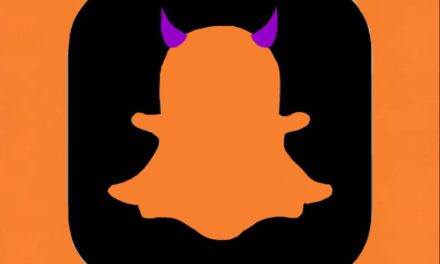Repost from: https://socialmediaweek.org/blog/2018/06/no-longer-afraid-of-breaking-away-from-netflix-and-cable-broadcasters-are-diving-deeper-into-ott-than-ever-before/
For broadcasters, syndicating content on Netflix and Hulu once seemed like the only way to jump into OTT. However, in recent months, a few broadcasting giants have decided to break free from the chains. Disney especially made waves last summer when it announced it would launch its own OTT service, and pull its content from Netflix simultaneously. Disney’s ESPN OTT platform launched this spring – and Fox jumped into the ring with Fox Nation earlier this year.
The fact is: broadcasters finally realized they don’t need to rely on third-party streaming giants to leverage OTT. Now they’re launching OTT services themselves – and just like a toppled line of dominoes, more are sure to follow suit. But why are broadcasters diving so deep into OTT now? And what will happen to the cable packages they fostered for so long?
Consumers want a la carte viewing models
Since the introduction of OTT players into the market, big cable packages have certainly lost their luster. When subscription services like Sling TV, CBS All Access and Netflix launched to define the OTT space, we saw a significant rise in consumers wanting to pay for more flexible TV models.
According to a TiVo study, 77 percent of consumers want a la carte TV, or skinny bundles – meaning they only want to pay for the channels they actually watch. Even more, the number of consumers getting rid of cable and satellite TV all together is on the rise, with subscribers in Q4 2017 declining at the highest rate since 2010.
Consumers today want to watch what they want when they want it. And now networks are jumping on board to meet their needs. In fact, many bigger broadcasters are looking to CBS All Access – which launched officially in October 2014 – as an example of traditional network success.
CBS CEO Leslie Moonves said in February that Showtime OTT and CBS All Access – streaming services both owned by the network – have five million subscribers, which is one million more than anticipated for the time. CBS is also doing pretty well at adding value propositions for its subscribers. The network is making sure the newest content is available on the streaming service – the launch of Star Trek: Discovery on CBS All Access, for example, ignited the highest number of single day sign-ups on the platform.
With huge content libraries, broadcasters just don’t need to rely on Netflix or Hulu
For many broadcasters, investing into their own OTT platforms is about cutting out the middleman. After all, if they’re content experts with hundreds of titles to their names – why would they need to rely fully on streaming giants to have viewers’ eyes reach their content? Netflix and Hulu might have reached the OTT market first, but it doesn’t mean broadcasters can’t follow behind and try their luck at the game.
However, while Disney is pulling all its movies off Netflix, it will likely never break away from it completely. Netflix will still have the rights to movies made between 2016 and 2018 – it’s just new films that they won’t have access to. Disney is also not particularly looking to compete with Netflix; with original movies and series from the Disney brand, it won’t offer the same scale of content.
Anyway, Netflix has reached a critical point; with almost 118 million subscribers, it doesn’t make sense not to be somewhat involved with the service. But as more players continue to jump into the space, it doesn’t make sense for broadcasters – who’ve been content experts years before Netflix was even born – to be completely reliant on the streaming giant, either.
Looking ahead
While 61 percent of US adults aged 18 to 29 primarily use streaming services to watch television, almost the same amount of US adults of all ages say cable connections are the primary way they watch TV, according to a Pew Research Center survey. So even as OTT grows, and more networks and content creators jump on board, cable will stay put for now.
Not only is it unwise for broadcasters to turn away from so many remaining cable viewers, staying on cable actually helps broadcasters funnel new viewers into their OTT services. That is, it’s prudent for broadcasters to still be a part of outside packages because it’s a fantastic marketing channel. And finally, in some cases – such as the case with Fox Nation – broadcasters might not be able to leave cable anyway due to previous contractual obligations with networks.
Still, based on the direction content is heading, it’s plausible that in the coming years almost every network will be on OTT. And while today everything is about unbundling packages – that is, consumers paying for exactly what they want – it’s likely that packages will be rebundled all over again. Disney and Fox might offer cheaper packages together, for example, or a third-party service might offer a kids package with Disney and Nickelodeon.
For broadcasters, there’s never been a better time to jump into the OTT space. However it’s not until cable viewers completely switch over to streaming platforms that broadcasters will move exclusively into OTT – and that will be a few decades, yet.















